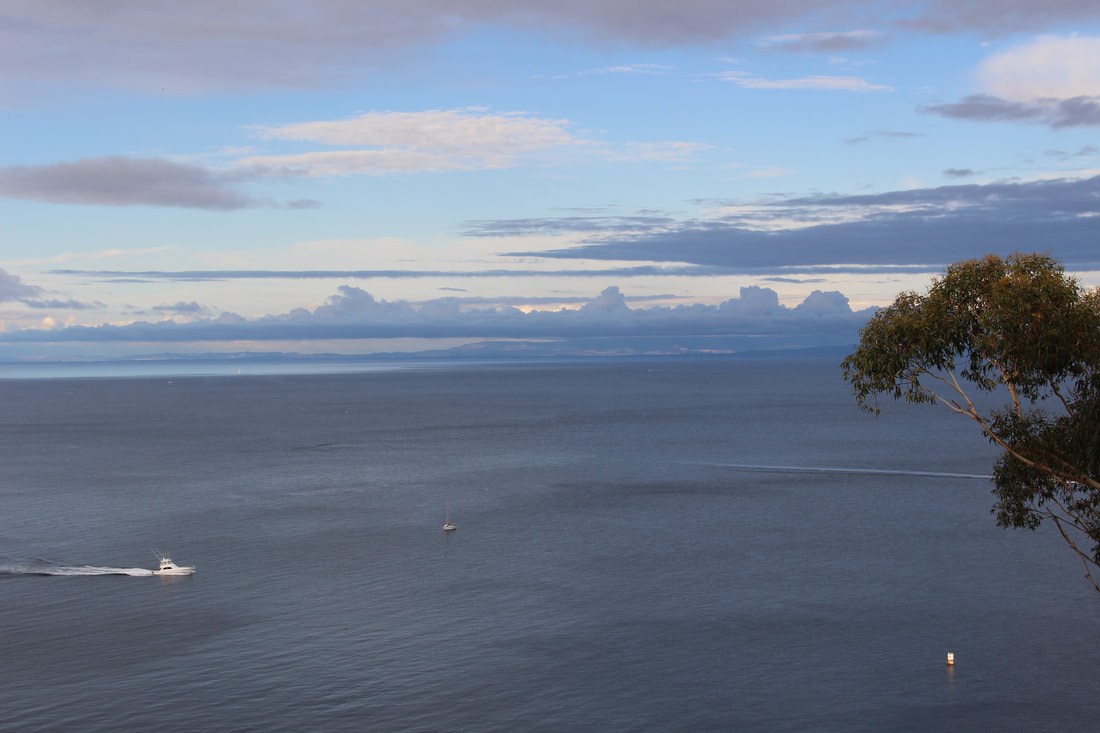|
From August 30-Septemeber 22, 1972, a group of young Chicana and Chicano activists known as the Brown Berets staged an occupation of the Santa Catalina Island to protest against the discrimination and police abuse of Mexican people in the U.S. Southwest. The Brown Berets brought dramatic attention to their protest by basing it on the fact that the 1848 Treaty of Guadalupe Hidalgo which ended the U.S.-Mexico War did not specifically state Mexico gave up Catalina and the Channel Islands of the Archipelago of the North to the U.S. By encamping at a cliffside camp they named “Campo Tecolote” the Brown Berets hoped to raise the U.S. public’s awareness of anti-Mexican racism and inspire cultural pride among Mexican Americans. [1]
There are no plaques, historical markers, or other physical commemorations to remind us that the Brown Berets at Campo Tecolote used the claim that the Channel Islands were still legally Mexican national soil to briefly capture the nation’s attention on the need to end anti-Mexican discrimination in the U.S. A grove of tall trees at the abandoned Campo Tecolote site obscures the Catalina Island Casino – an elaborate art deco building that is one of the Channel Islands’ most photographed places but also at one point discriminated against Mexican people by not allowing them inside. Oral histories by Mexican Americans who grew up on Catalina Island in the 1940s and 1950s recalled how White Americans would not allow their families into the Casino and often prohibited them from other public spaces, including public benches in Avalon. The Brown Berets pitched their tents along the hillside. [2] Some Berets made the long hike to shop for supplies in the main Avalon grocery store while Mexican American residents of Avalon’s Barrio Tremont occasionally visited the Berets offering food. A patch of flat land along the hillside served as a “military plaza” for the Brown Berets to perform short military parades saluting the Mexican flag as well as the Brown Beret Organization’s “La Causa” flag. [3]
Campo Tecolote is quiet today, but still a prominent spot from which to view the coming and going of countless ships. As supplies and initial enthusiasm dwindled after the cold nights of strong ocean winds, many of the Berets looked across hopefully towards the landforms on the California coast, such as the Palos Verdes peninsula and the lights of Los Angeles and Long Beach. When would the nearby Brown Beret chapters send in relief and fresh supplies to help in the occupation? Would other Chicana/o groups help them out? As days turned into weeks and the Berets on Catalina ran out of money and supplies (with no more aid from Barrio Tremont residents), exhaustion set in. On September 22, 1972, after a local judge and 40 Los Angeles County Sheriff’s deputies dressed in riot gear arrived with a court order demanding the Brown Berets leave, the Chicana and Chicano youth formed a military formation and gave one final salute to the Mexican flag before leaving on a ferry boat back to Long Beach. After nearly a month, and with little financial or logistical support from Brown Beret chapters on the California mainland, the group of nearly 30 young people abandoned Campo Tecolote rather than face arrest. For a variety of reasons, including the dissolution of the Brown Beret organization shortly after the summer 1972, the Brown Beret occupation of Catalina Island has been mostly forgotten over the years. Nevertheless, the protest of young Chicana and Chicano activists against anti-Mexican racial discrimination through their Catalina occupation makes Campo Tecolote an important site in 20th Century Mexican American history and the most dramatic reminder of how the Channel Islands are Mexico’s lost archipelago. NOTES:Special thanks to Juan Menchaca for making this journey to Campo Tecolote possible!
[1] Photo by Maria Marquez Sanchez in “Narrated Photo Essay: Maria Marquez Sanchez,” KCET (https://www.kcet.org/shows/artbound/narrated-photo-essay-maria-marquez-sanchez-on-the-two-sides-of-her-activism). [2] Photo by Maria Marquez Sánchez in Carren Jao and Michael Naeimollah, “Narrated Photo Essay: Maria Marquez Sanchez on the Two Sides of Her Activism,” KCET (https://www.kcet.org/shows/artbound/narrated-photo-essay-maria-marquez-sanchez-on-the-two-sides-of-her-activism). [3] Screenshot from David Sánchez, “Brown Berets History Part 2” (upload of the 1996 film The Brown Berets return to Catalina Island), YouTube, (https://www.youtube.com/watch?v=zczb_t0O_bk) [4] Photograph from David Sánchez, Expedition Through Aztlán (La Puente, CA: Perspective Publications, 1978), 191.
4 Comments
Dan Cozart
7/30/2020 08:53:12
Thanks for sharing this history in such a compelling way, Carlos! I wonder if the Brown Berets we’re inspired by the student movements of the generation of ‘68 in Mexico, the US, and Europe in this context. And sad to say that their objective of ending anti-Mexican discrimination in the US remains just as relevant today.
Reply
7/31/2020 21:26:08
Dan, thank you for the kind comments!
Reply
Douglas W Clark
8/16/2020 12:49:43
Good article, and well documented!
Reply
8/17/2020 21:41:02
Douglas, thank you for the kind comment. I hope to keep 'em coming.
Reply
Leave a Reply. |
Carlos Parra
U.S.-Mexican, Latino, and Border Historian Archives
January 2021
Categories
All
|














 RSS Feed
RSS Feed